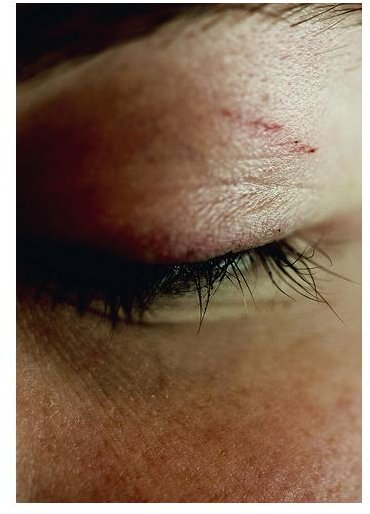Fibromyalgia and Massage Therapy
Facing Fibromyalgia
Fibromyalgia affects from three to six million Americans, mostly middle-aged women. It is believed to be a genetic disorder, possibly triggered in individuals who have the gene, by another illness or serious injury. How exactly the disease manifests is unclear, although studies imply that sufferers have inherent issues with natural pain management.
What is it like living with fibromyalgia? This chronic pain disorder is extremely difficult to live with. It affects the physical body, as well as the emotional state. A complex, arthritic muscle disease, suffering from fibromyalgia is serious. Symptoms include pain over the entire body, as well as more intense pain when tender areas are touched, fatigue, stiffness, and feelings of depression and resentment. With nerve and hormone imbalances, deep sleep is difficult, making a simple thing that many of us take for granted, a great challenge.
There is no cure for fibromyalgia, but there are many therapies that can help. Massage therapy in particular is a safe, beneficial way for fibromyalgia sufferers to manage pain.
How Massage Helps
Fibromyalgia and massage therapy go hand in hand because this treatment specifically addresses symptoms. Massage reduces pain and tension, improves sleep patterns, and energizes the body through increasing circulation. It is an ideal treatment for relaxation and reducing stress. It also has a direct impact on one of the underlying causes of fibromyalgia suffering — the production of chemical messengers in the brain.
Massage therapy is believed to increase the production of neurotransmitters which block the sensation of pain, such as endorphins. Research done by the Touch Research Institutes in Miami found that this form of treatment also leads to reduced levels of the chemical messenger known as substance P, which is responsible for pain. With this improvement in brain chemistry, patients who received regular massage therapy sessions reported a better mental state, and more deep sleep.
Fibro Pain Management
Some level of pain management is possible with massage therapy, but what type of massage techniques should be used, and how often? All forms are beneficial, from Swedish massage to deep tissue therapy. They all help the body release toxins, improve blood flow, relieve pain, and increase mental well-being. What is important is finding the right therapist. Look for a practitioner who is familiar with the condition, and who may have previous experience with treating clients with fibromyalgia.
One or two treatments a month of massage therapy for fibromyalgia should reduce symptoms. At this point there is no cure, but lifestyle changes, and alternative therapies can really make a difference. Try combining massage with another method of pain relief, such as acupuncture, or guided imagery. With a healthy diet, daily stretching and exercise, and regular stress-reducing activities, such as meditation, a therapeutic massage can help put this condition under control.
Resources
Page, Linda. “Healthy Healing: A Guide to Self-Healing for Everyone, 11th Edition” (Traditional Wisdom, 2003).
National Fibromyalgia Association https://www.fmaware.org
Massage Therapy (Fibromyalgia Symptoms) https://www.fibromyalgia-symptoms.org/fibromyalgia\_massage.html
Davis, Jeanie Lerche. “Massage Helps Fibromyalgia.” (WebMD Health News) https://www.webmd.com/fibromyalgia/news/20020509/massage-helps-fibromyalgia
Photo Credit
photo by D Sharon Pruitt (CC/flickr) https://www.flickr.com/photos/pinksherbet/4290223637/
Disclaimer
Please read this disclaimer regarding the information contained within this article.
